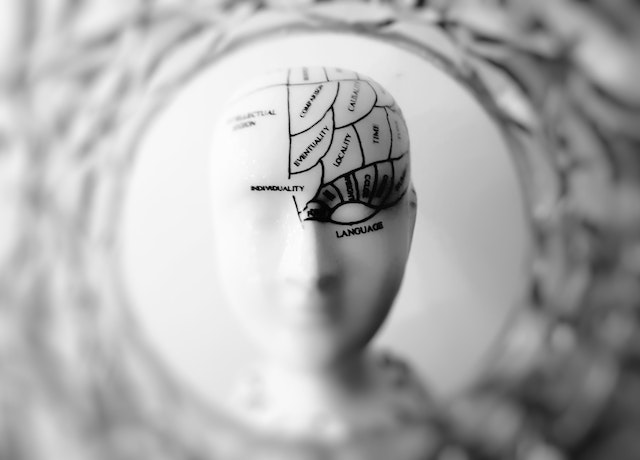
Neuromodulation may help combat remission.
Even with the best available psychotherapies, the remission rates for different EDs still range between 30% and 60%. Few studies have described the next steps to take when first-line treatments are not effective. In a recent review, a team of authors describe using neuromodulation approaches for treating anorexia nervosa, bulimia nervosa, and binge eating disorder (Curr Psychiatry Rep. 2022. 24:61).
Dr. L. Gallop and a team at King’s College, London, designed a study to examine some newer and traditional noninvasive and invasive neuromodulation approaches, including transcranial magnetic stimulation (rTMS), transcranial direct current stimulation (tDCS), electroconvulsive therapy (ECT), deep brain stimulation (DBS), and vagus nerve stimulation (VNS).
The following section touches upon some elements of these approaches. New protocols for selected patients are being developed as research continues.
rTMS
In this newer noninvasive brain stimulation technique, a current of electricity is passed through an electromagnetic coil to target specific brain regions. Thus far, it has been safe and well tolerated, and is mostly used for cases of depression. New protocols are being developed. In one study, AN patients had growing flexibility and relaxation around food and food choices after receiving rTMS. A Canadian group targeted the dorsomedial prefrontal cortex in a case series, and reported improvements in core symptoms of AN (J Eat Disord. 2021.https:/doi.org/10.1186).
The King’s College authors recently completed the first sham-controlled randomized controlled study investigating the use of high-frequency sham-controlled rTMS applied to the left dorsolateral cortex, an area known for its involvement in working memory, planning, and cognition. The authors applied this in adults with BED (BMJ Open.2019.https:doi.org/10.1136/bmjopen-2019-30023). For patients with BED and BN, rTMS has been shown to reduce binge and/or purge episodes (Psychother Psychosom. 2008. Psychother Psychosom. 2008. 77:57; Eur Eat Disord Rev. 2008. 24:474).
Another new area includes the use of supervised at-home rTMS, which offers ease of access and has led to increased compliance (J Neuroeng Rehabil. 2019. DOI: 10.1186/s12984-019-0529-5). This technique also helps save time and travel for patients and their caregivers.
ECT
ECT has long been used to treat mental illness, especially among patients who have severe and/or life-threatening symptoms. ECT is done under general anesthesia and triggers a brief seizure when small electrical currents are passed through the brain. ECT seems to cause changes in brain chemistry that can quickly reverse symptoms of certain mental health conditions. However, no randomized controlled trials have looked at the efficacy of ECT in EDs.
A review by Rachael Pacilio and colleagues at Menninger Department of Psychiatry and Behavioral Sciences, Baylor College of Medicine, Houston, TX, found 11 articles involving ED patients and ECT. The authors identified 14 patients with EDs. Thirteen of the 14 patients had no side effects from use of ECT (J ECT. 2019. 35: 272). Several patients were treated at a time when specialist ECT treatment was not widely available.
INVASIVE PROCEDURES
DBS and VNS
Deep brain stimulation, or DBS, involves surgical implantation of one or more small electrodes in the brain; the electrodes then receive mild electrical stimulation from a small pulse generator implanted in the chest. DBS has been selectively used in a number of illnesses, including Parkinson’s disease, and is being investigated for its potential for SE-AN. The largest case series, including 28 participants with AN, reported significant increases in BMI at 6-month and 2-year follow-ups (Brain Stimul. 2020. 13:643.) Notably, DBS was less effective for weight restoration in patients with the binge-eating/purge subtype of AN than in those with the restricting subtype (R-AN).
Untried for EDs but promising, VNS is an established procedure for several disorders, such as epilepsy. With it, a small device similar to a pacemaker is implanted into the body to trigger the vagus nerve. The authors noted that studies have yet to be designed for ED patients, but this procedure has promising applications for these patients.
Turning to the brain to treat difficult cases of eating disorders, though still in its early stages, may offer helpful approaches when psychotherapy is ineffective for ED treatment.

